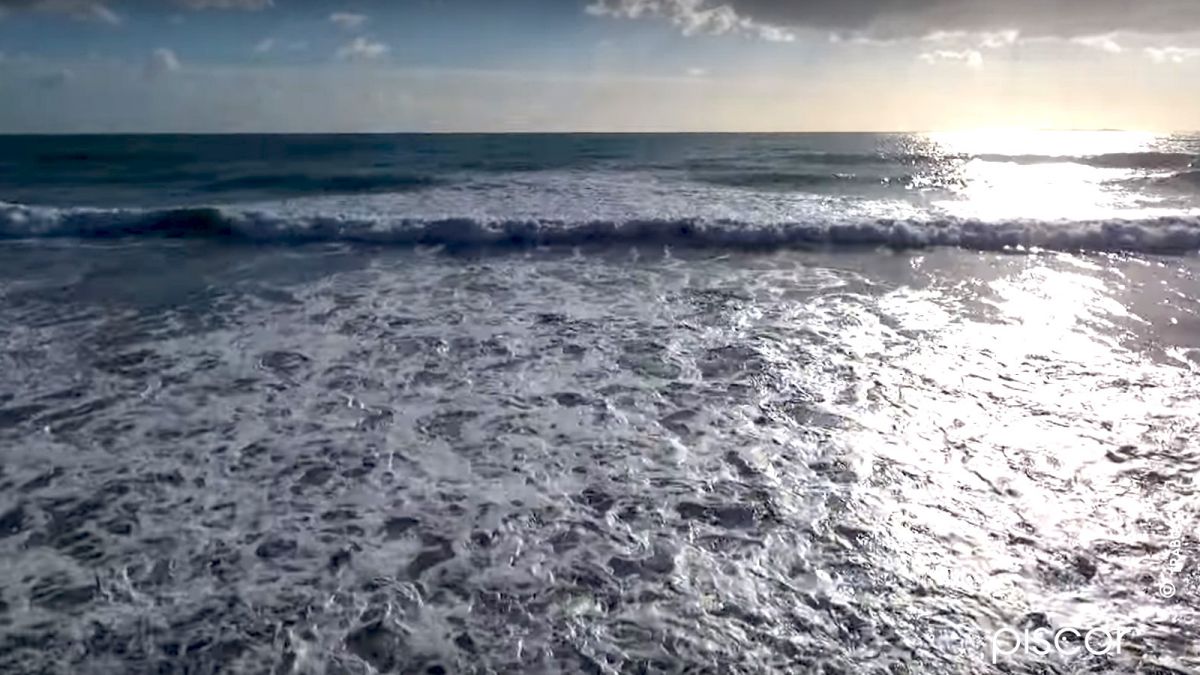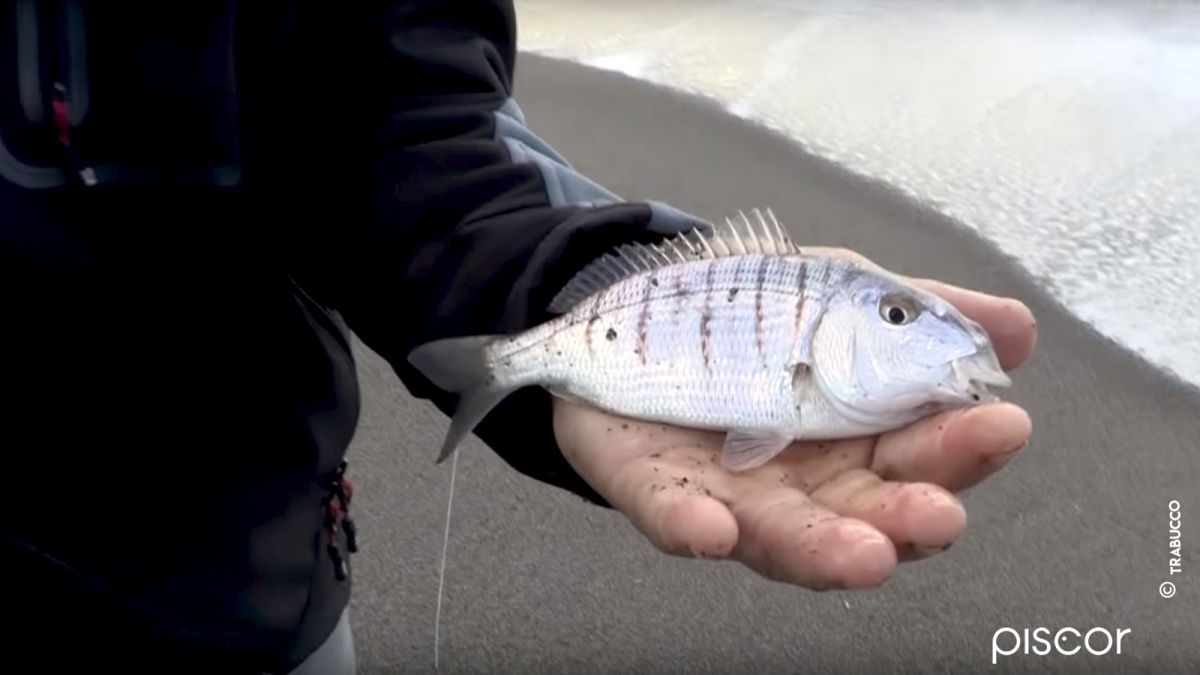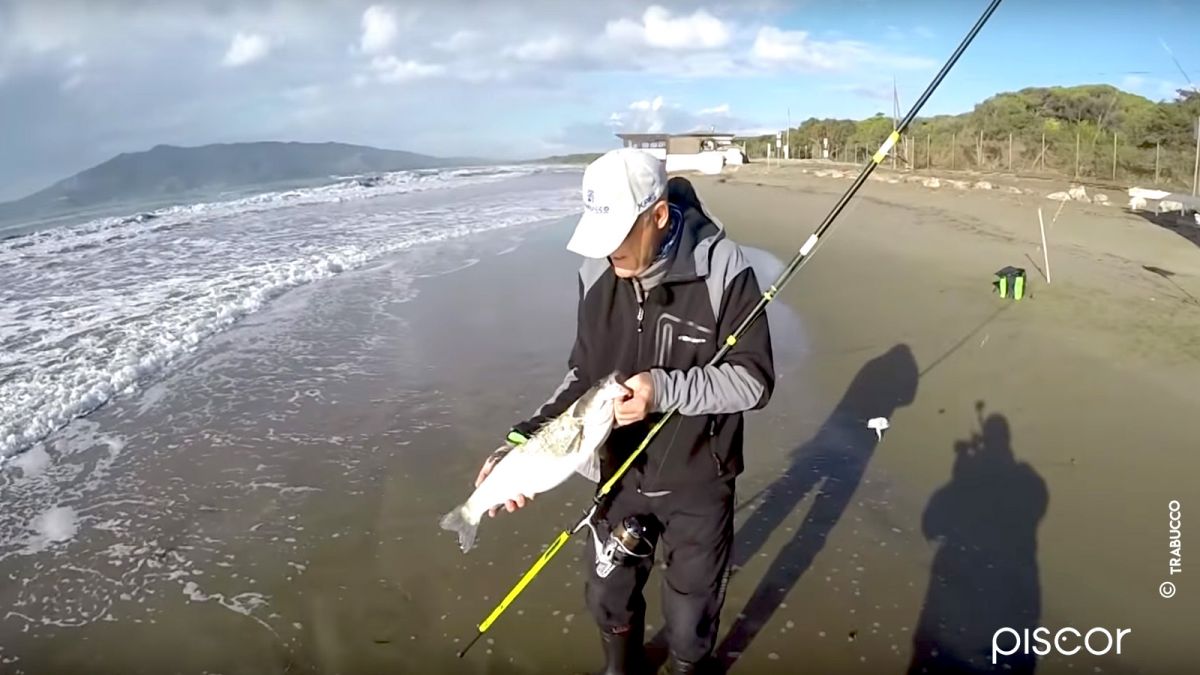Today on Piscor Magazine the first episode of the second season of Surfcasting Academy, the special Trabucco broadcast that tells the story of surfcasting at 360 degrees, showing this technique in action on the most beautiful beaches, in the company of the best surfcasters.
The various episodes will aim to create an overview of one of the most spectacular techniques that can be practiced from the beach, the perfect mix of launching techniques, physical strength, difficulty of the prey. There are many fishing situations faced, from fishing with stormy sea, to beach ledgering in flat sea, fishing with live bait and steaks to challenge marine predators.
Obviously there will never be a lack of technical insights on both the products used and on the baits and mounts to prefer in any fishing situation.
As a sign of good luck, the episode opens on the same beach as the first episode of the previous series even if the rough sea conditions with lateral flow make it immediately understand that you will not have the beautiful mullets of 800 grams given by the beach the previous year.
A very strong sea such as the one we have before us leaves few alternatives to the fishing strategy, since the only one that can be practiced is that of fishing below the coast, at a distance of 50-60 meters, because fishing further would mean launching at impossible distances.
So, even if fishing is very close to the shore, the lateral flow of the identified canal should make the snoods stretch well and hope for the capture of some specimen. As far as bait is concerned, it would be unsuccessful to use the lugworm, in fact it would be better to use more resistant baits that are better able to hold the trigger.
The baits chosen for the session are: the dwarf bobtail, small bibi to be triggered individually or double according to needs and the important American worm that, thanks to its size and the strong presence of blood, is absolutely deadly to undermine sea bass, which in the presence of such conditions, should go for the most in the fishing area chosen.
There is no shortage of catches, a sign of great activity in the submarine, but the size of the prey pushes you to want to meet some more exciting specimen. Although the wind has decreased and the sunset has arrived, it is necessary to wait for the water's vorticity to diminish in order to hope for more substantial prey that unfortunately does not arrive.
In the two unfailing technical spaces there is no lack of presentation of the high quality products used during the session, such as XPS SURF wires and Supernova rod. The XPS Surf range of spooling wires boasts the best T-Force technology, which makes them resistant but at the same time soft and smooth both during launch and recovery. Specially designed surfcasting wires are available in 300m reels and a wide range of diameters from 0.16mm to 0.35mm.
The technical tutorial is dedicated to the step-by-step creation of the Perfection Loop, a knot that is made directly on the beam and that allows you to connect the latter to the shock leader by a clip.
The episode continues with the filming of the second day of fishing, this time on the beach of Montaldo di Castro, the objective of the day and the search for the predator with baits such as octopus, dwarf bobtail and large bibi.
Obviously, while some rods will be dedicated to this objective, there will be others with other triggers for the capture of other marine specimens. The sea conditions are much better than the previous day and the rods are arranged so as to cover the entire fishing area of the visible canal and leave no stone unturned.
Finally, the third day of fishing, which ends with the arrival of the long-awaited predator, the sea bass. A magnificent catch that concludes the first episode of the new series of Surfcasting Academy.






